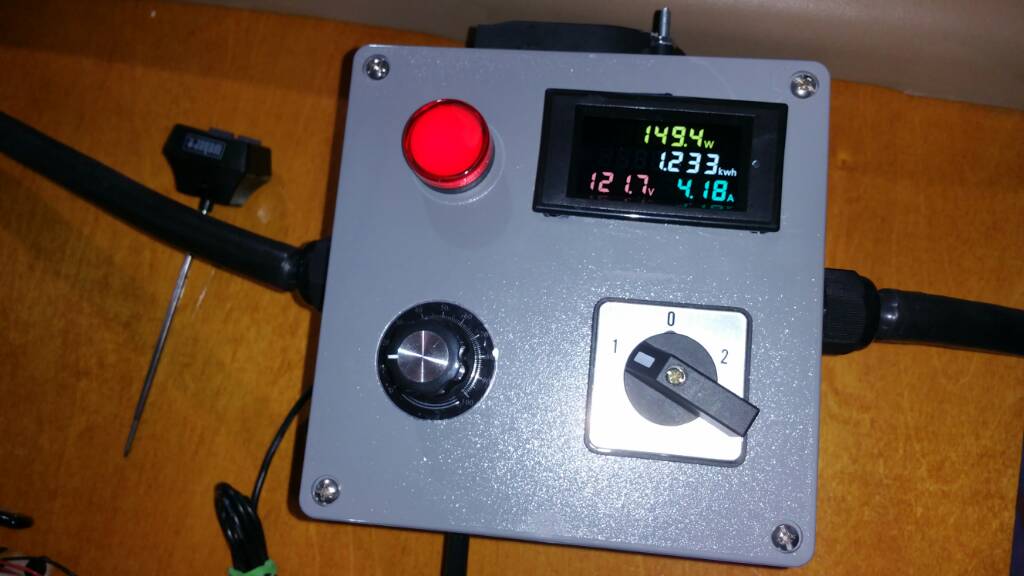BeerBaron1985
The Beer Baron
No PID. Didn't want to put that much automation in at this time. Goal was to ditch propane and go to electric cheaply and effectively as possible. This a voltage regulator, and changing the resistance to the triac inside uses a method called phase angle modulation to vary the power output. Electrically its more noisy than a PID, but being this is on a dedicated circuit with nothing else im not worried about interference of other devices.
Yeah will likely get a bigger box down the road, for now it will work okay. This box I have now was $12 bucks so not a big loss. Will give it a try later today or this weekend and see how everything goes.
Yeah will likely get a bigger box down the road, for now it will work okay. This box I have now was $12 bucks so not a big loss. Will give it a try later today or this weekend and see how everything goes.
Last edited:










